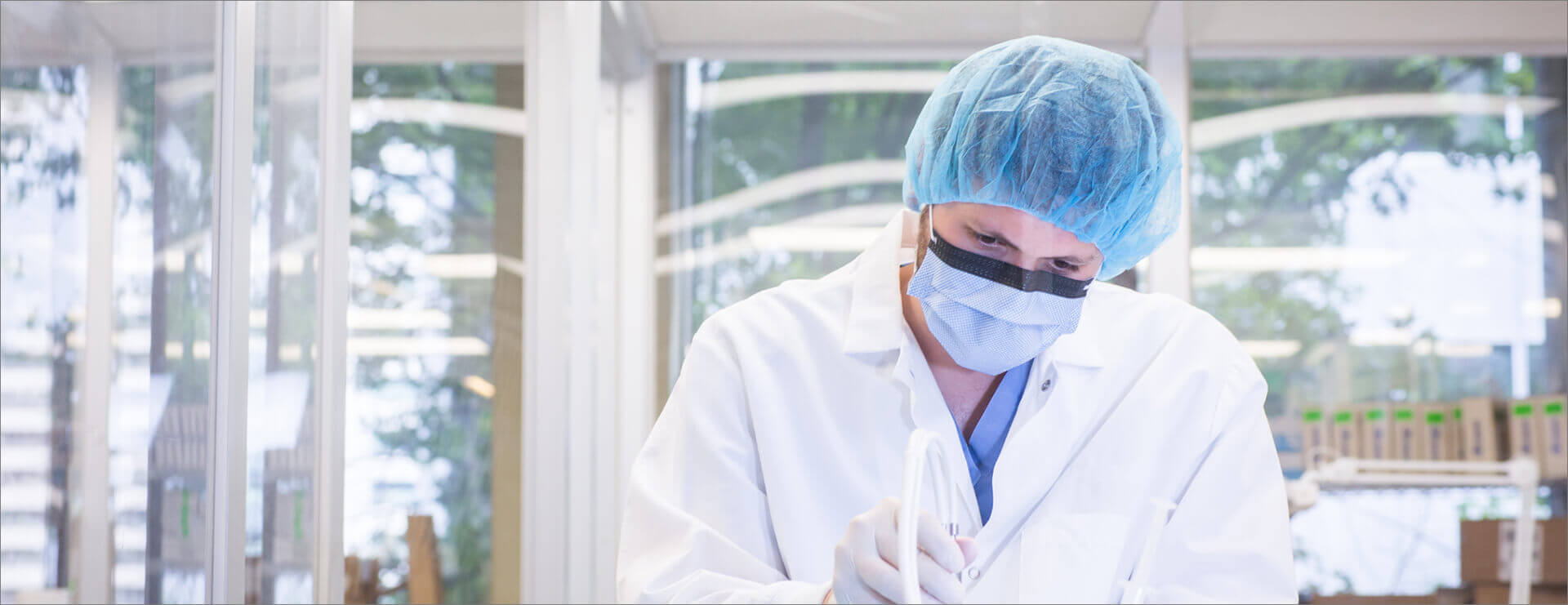
Reshaping the Future of Keratoconus Care: Dr. Rahul Tonk on CTAK at AAO 2025
November 19, 2025
Watch the full presentation on our Education Page.
At the American Academy of Ophthalmology (AAO 2025) meeting, corneal surgeon Dr. Rahul Tonk presented his clinical insights into CTAK (Corneal Tissue Addition for Keratoconus), a customized, tissue-based innovation from CorneaGen designed to improve visual function and corneal shape. CTAK is emerging as one of the most promising innovations for patients with keratoconus.
“Importantly, it’s customized tissue. So we’re able to customize thickness, arc length, optical zone, and so on and so forth. We’re able to apply customization by using pre-operative tomography… It gets run through CorneaGen’s nomogram…and then cut to specification,” said Dr. Tonk.
What Is CTAK? A Customized, Biologic Approach to Keratoconus Treatment
CTAK is an advanced procedure that uses gamma-irradiated, sterile, non-immunogenic corneal tissue inlays. These inlays are custom-cut based on the patient’s corneal tomography, with each graft tailored to the severity and location of the cone.
This biologic, tissue-addition technique allows surgeons to target irregular astigmatism at its source, helping normalize the corneal surface and enhance vision.
Key Advantages of CTAK for Keratoconus Patients
- Patient-ready, gamma-irradiated donor tissue that reduces immunologic risk and maintains natural corneal lamellae
- Customized laser-cut design guided by precise tomography data
- Biologic tissue-based contouring, offering a natural alternative to synthetic implants
- Minimally invasive and reversible
Unlike intracorneal ring segments or full-thickness grafts that remove or replace tissue, CTAK reshapes the cornea by adding biologic tissue, offering a more physiologic and adaptable solution.
CTAK Workflow: Streamlined Planning and Efficient Surgical Procedure
CTAK integrates smoothly into modern refractive and corneal practices. Surgeons upload tomography data through a secure platform, and CorneaGen uses a proprietary nomogram to design the custom allograft. The tissue inlay arrives ready for implantation and can be stored until the procedure (CTAK has a 2-year shelf life).
During the CTAK Procedure
- A femtosecond laser creates a precise corneal channel.
- The custom-cut tissue inlay is manually inserted into the channel.
- The tissue inlay is positioned at a superficial depth of ~200 microns, allowing significant anterior shape change while preserving structural integrity.
“It’s all a very streamlined process, very user friendly,” Dr. Tonk explained.
CTAK Clinical Outcomes: Improved Vision and Corneal Stability
Dr. Tonk’s clinical experience with CTAK for keratoconus shows encouraging improvements in:
- Uncorrected and corrected visual acuity (UCVA and BCVA)
- Corneal smoothness and regularity
- Improved tolerance for glasses or lenses
- Enhanced quality of vision
Dr. Tonk noticed that many of his patients experience reduced dependence on specialty contact lenses, while those who continue wearing them often enjoy a better fit and increased comfort.
“If we can raise [the patient’s] uncorrected and their best spectacle-corrected acuity, we’re raising the floor… and their RGP fits are going to be so much better after you flatten the cornea,” said Dr. Tonk.
Why CTAK Matters: A New Option for the Keratoconus Treatment
CTAK represents a significant advancement in corneal therapeutics, offering a personalized, minimally invasive solution for keratoconus and other ectatic disorders. Its ability to reshape the cornea using biologic tissue makes it an appealing option for patients who may not be ready, or able, to undergo more invasive procedures like a transplant.
About CTAK
CTAK is CorneaGen’s proprietary corneal contouring procedure engineered to:
- Improve corneal regularity
- Enhance corneal thickness in ectatic areas
- Boost visual performance
CTAK uses sterile, gamma-irradiated, laser-cut donor tissue inlays uniquely designed for each patient’s corneal topography.
The procedure is currently available only to trained surgeons in select regions. Patient selection and outcomes may vary depending on disease severity and surgical technique.
Recent Articles
-

Why Surgeons Are Switching to the I-II Marking for DMEK and DSEK
For years, the S-stamp has been the go-to orientation marking,...
READ MORE
